I am long overdue with an update about trying to get more native plants into our yard. I explained in the summer that we’d started our adventures with greening our yards by planting a strip of native plant seeds and skipping the early spring mowing, efforts that had some success as well as some drawbacks.
For phase two, I had quite a bit of blank canvas, since Cute W and I had cleared out a big swathe of the front yard to replace the front steps and asphalt sidewalk with our new steps and patio. I tried to apply a few things that I’d learned from the earlier experience. This time, I’d make sure my sources were reliable and I’d do a better job of tracking exactly what was going in where.
My best source for information and plants was Dawn’s Wild Things Rescue Nursery. I sent Dawn an email before visiting her nursery with photos and details about the area where I’d be planting, and she walked me around her nursery, discussing options. The nursery is at her house, so in addition to seeing what was on display for sale, she encouraged me to wander around the lawn and check out what she had growing. For example, I came across this gorgeous thing:
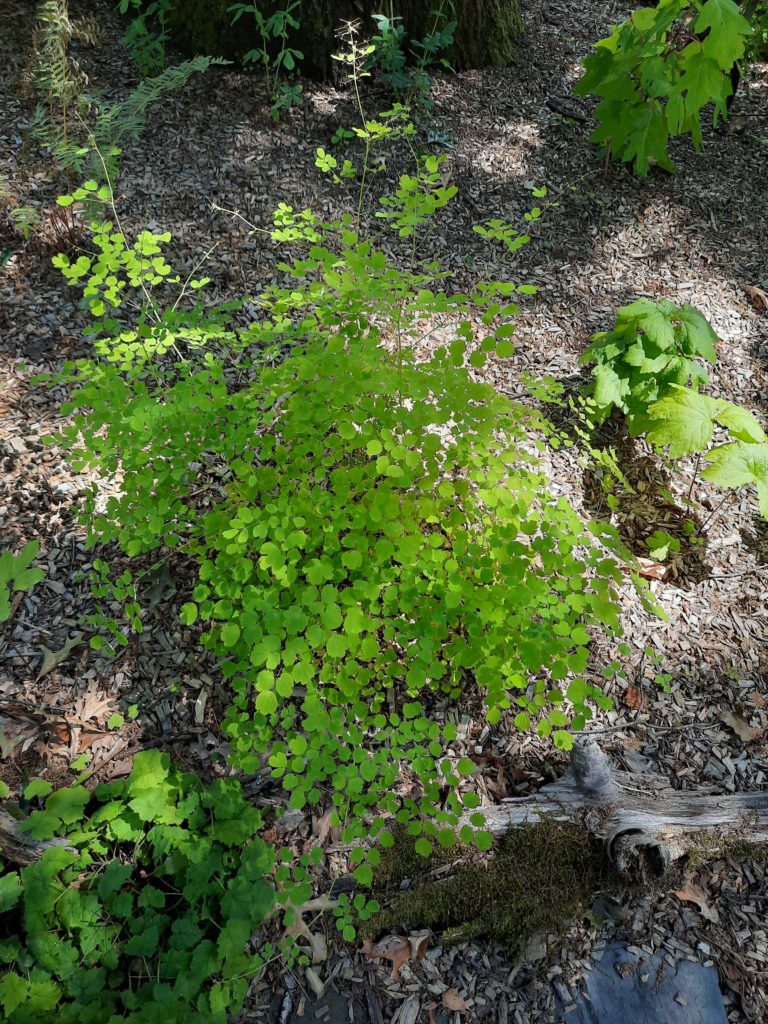
It’s meadow rue, and of course it’s a big, grown-up meadow rue, but I went home with three meadow rue babies.
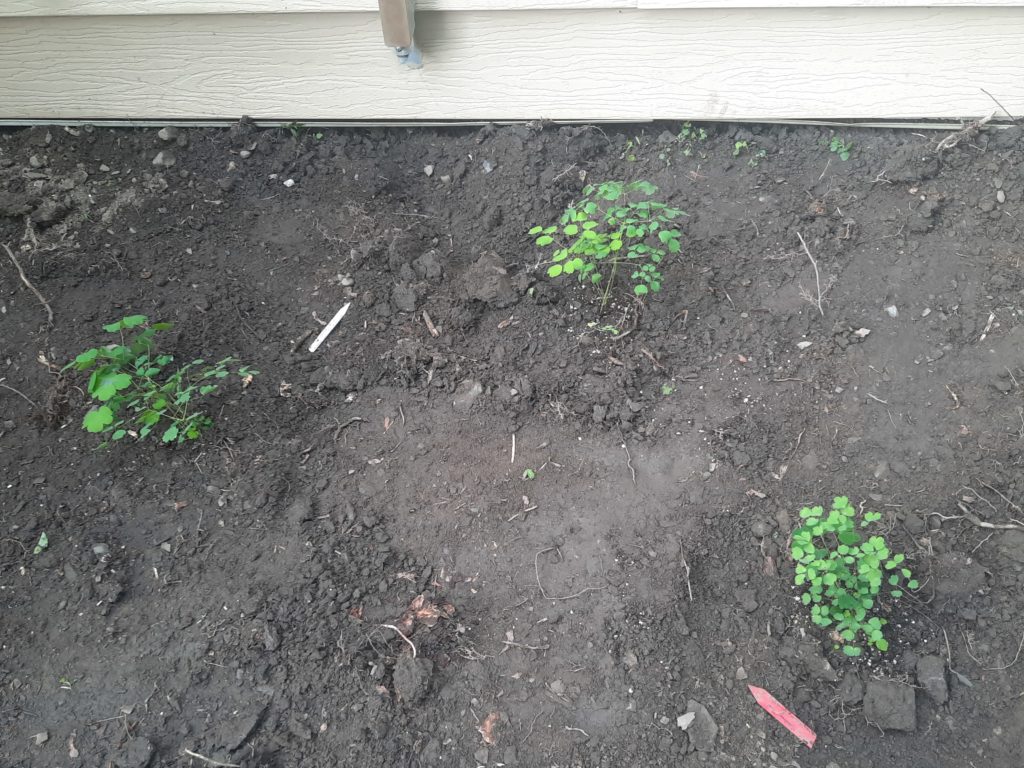
When I pointed out another plant I really liked, she said no. That plant, she explained, tended to be pretty fussy, and she’d even stopped including it in landscaping plans (they do landscaping, too) because the plants didn’t do well and the owners were sad.
I ended up heading home with a bunch of plnats.
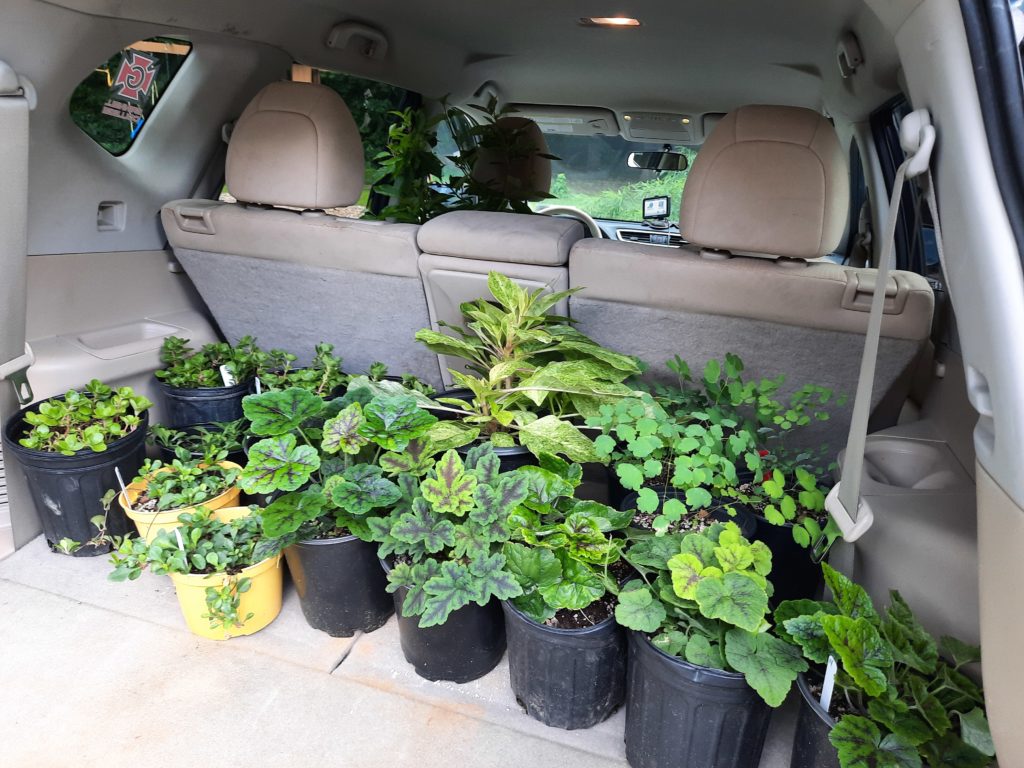
The really wonderful thing about trying to cultivate native plants is that, besides actually getting your hands on the plants, it is very, very easy. The best way is the lazy way. Summertime? Don’t mow! It allows diverse plants to flower, thrive, and feed insects. Fall? Don’t rake! The leaves provide habitat and shelter for those same insects. Native plants have evolved to be happy in your exact location and climate, so you put them in the ground and watch them go.
Here’s a sedum ternatum (the lower one on the left) I planted in late July and the same plant (surrounded by unraked leaves) a few months later.
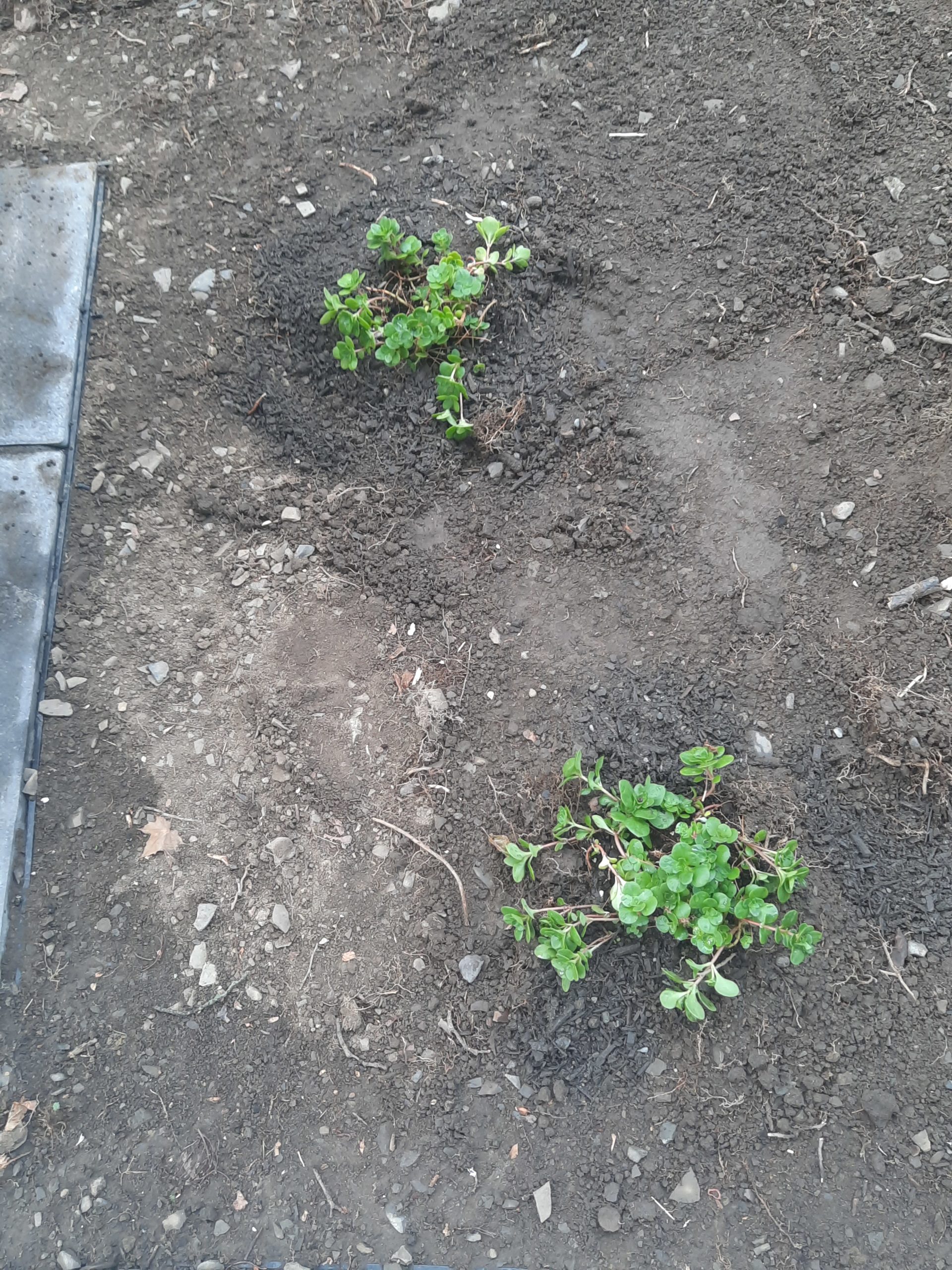
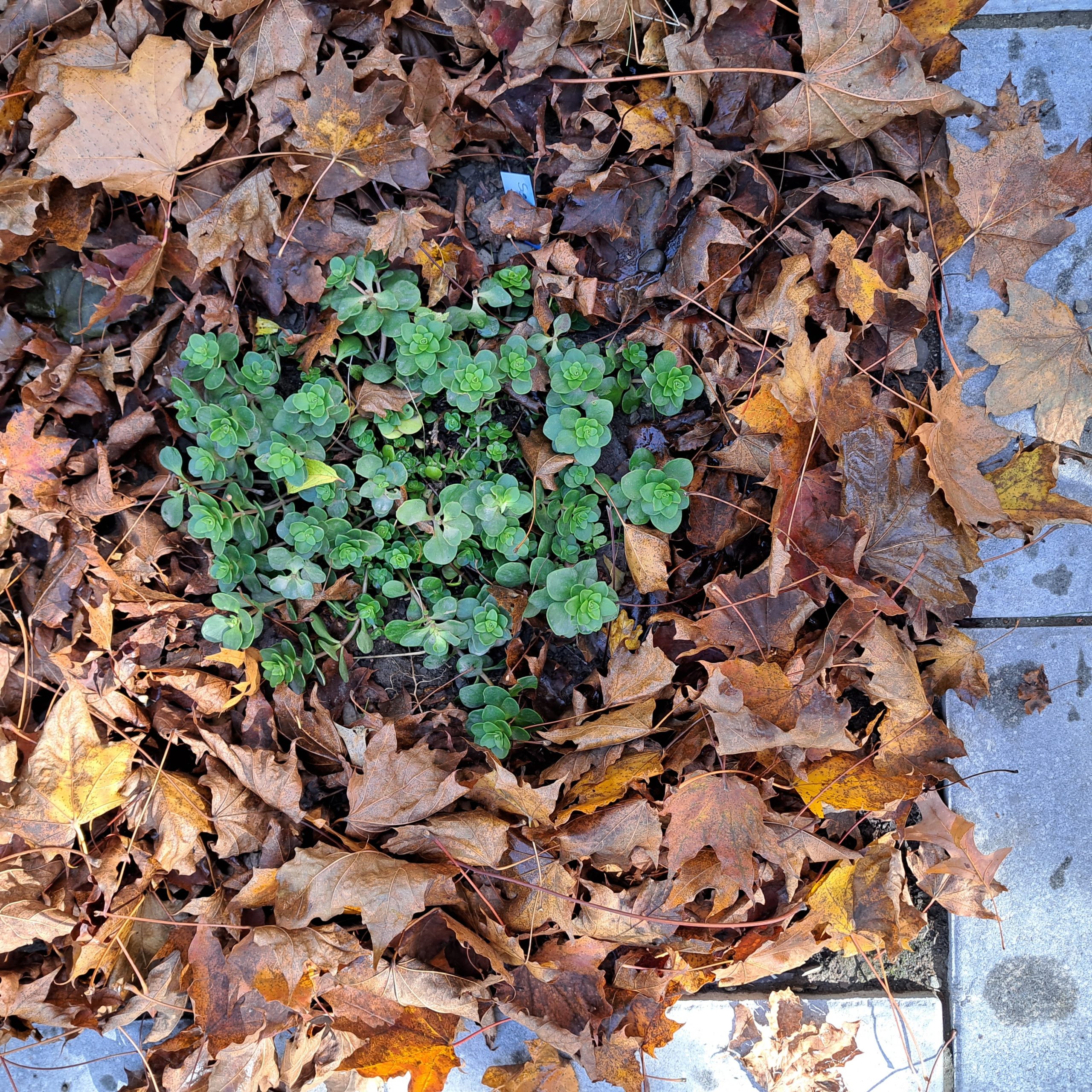
I’m also a big fan of the two Redtwig Dogwoods that I got from Dawn’s. Here’s one of them right after I planted it in July, and then again in August:
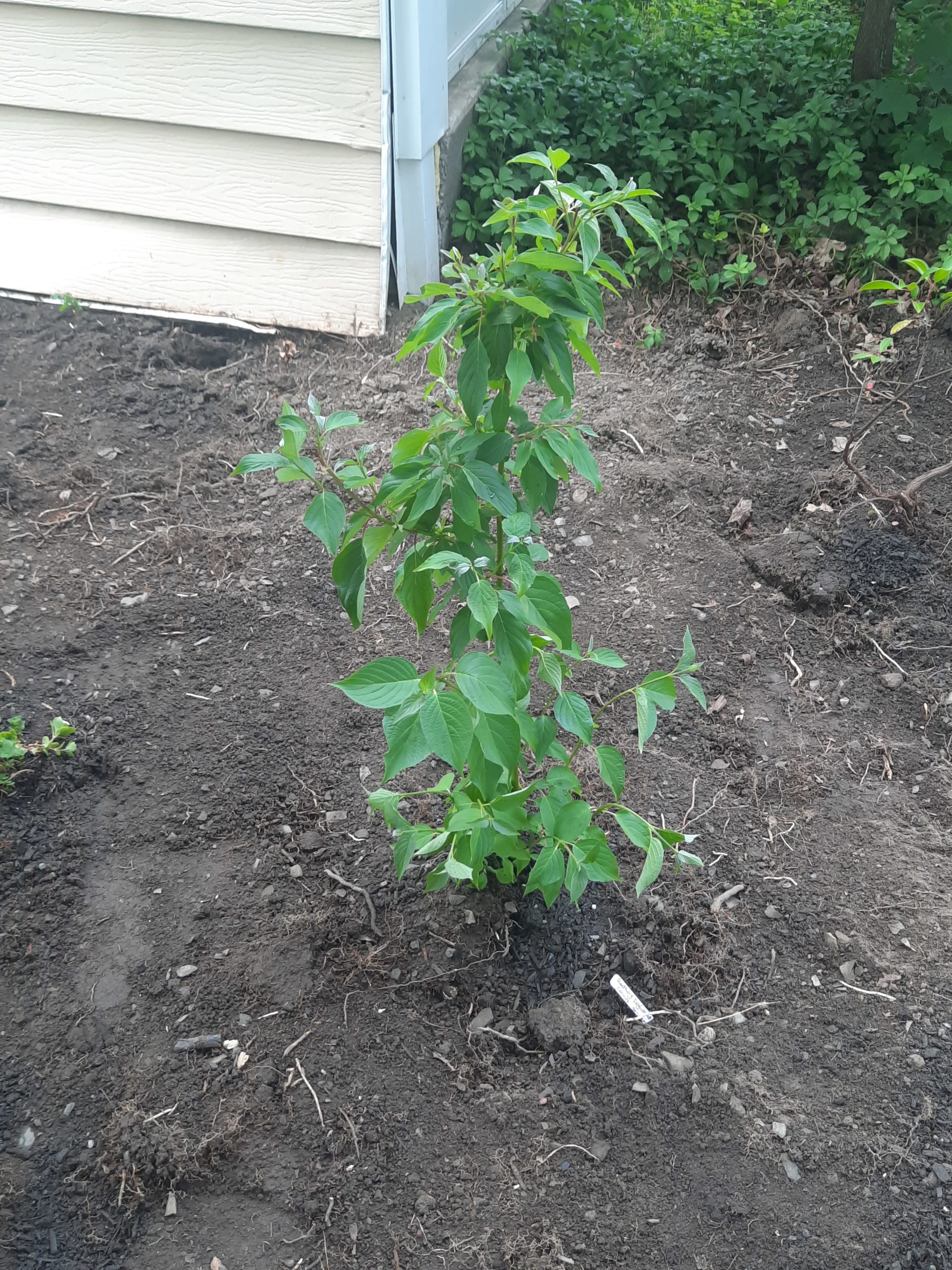
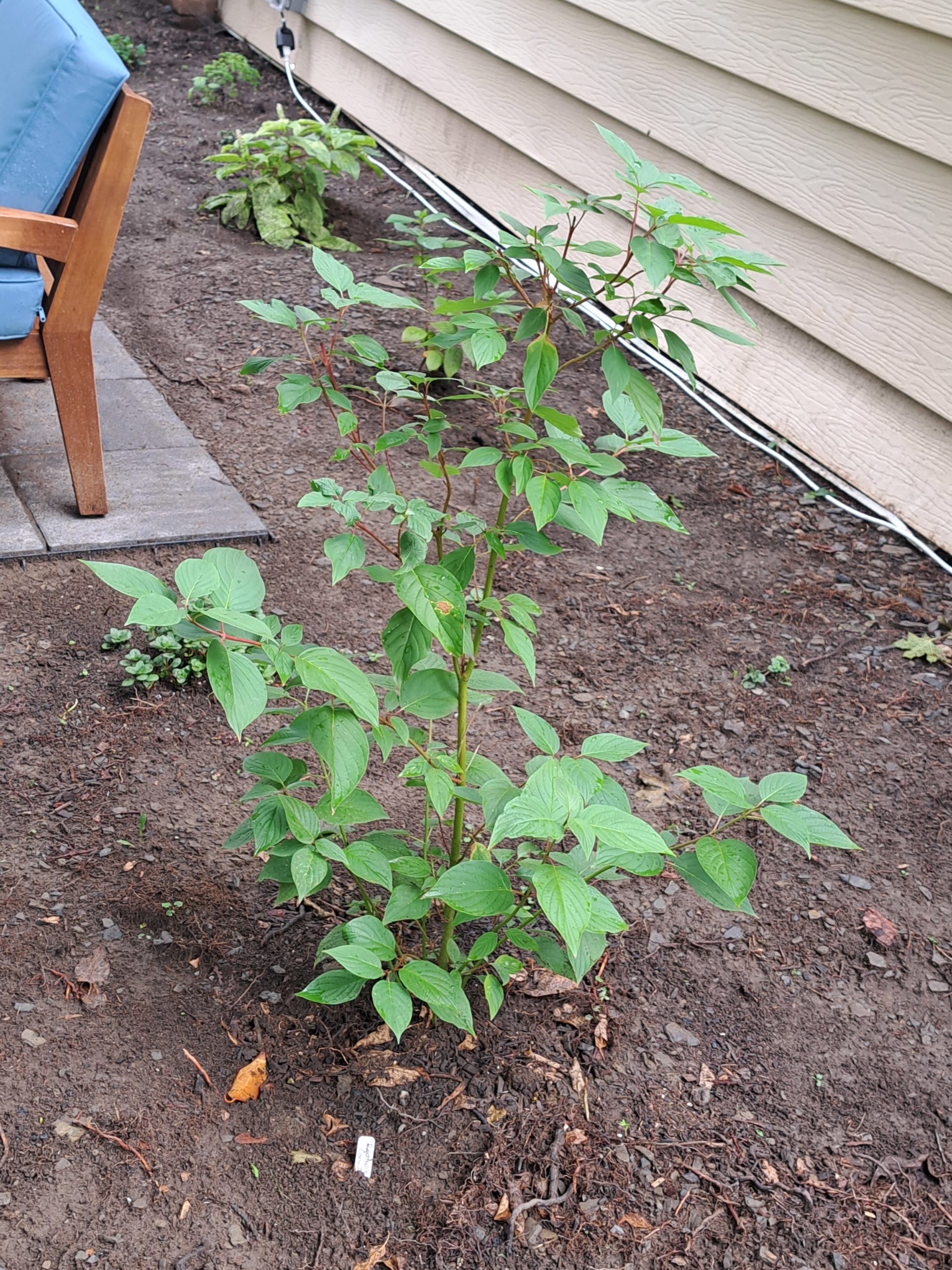
Here’s the second Redtwig Dogwood right after I planted it and then recently, after the leaves colored for autumn (and the stems turn red in the cold, too, which you can see there on the right).
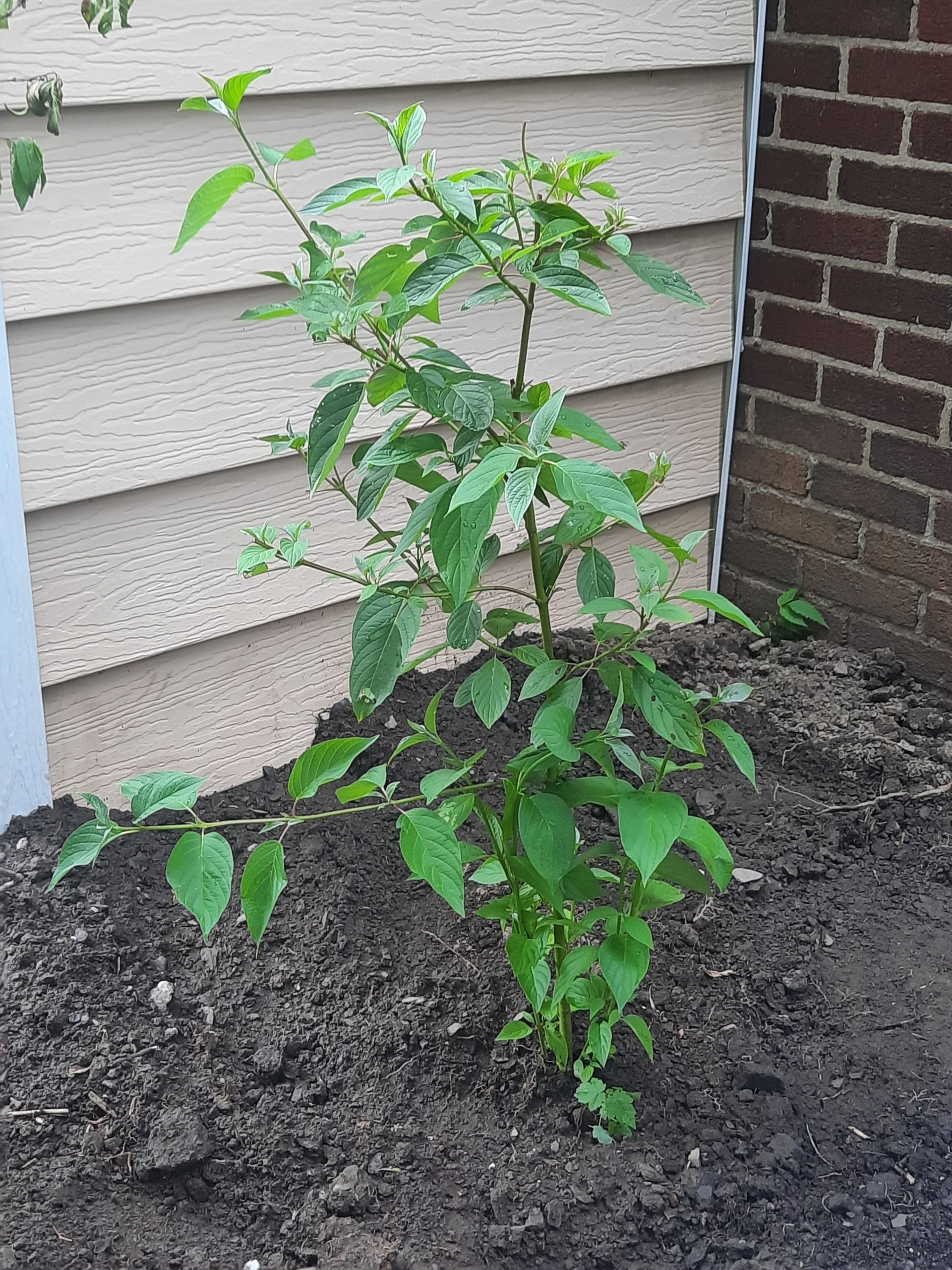
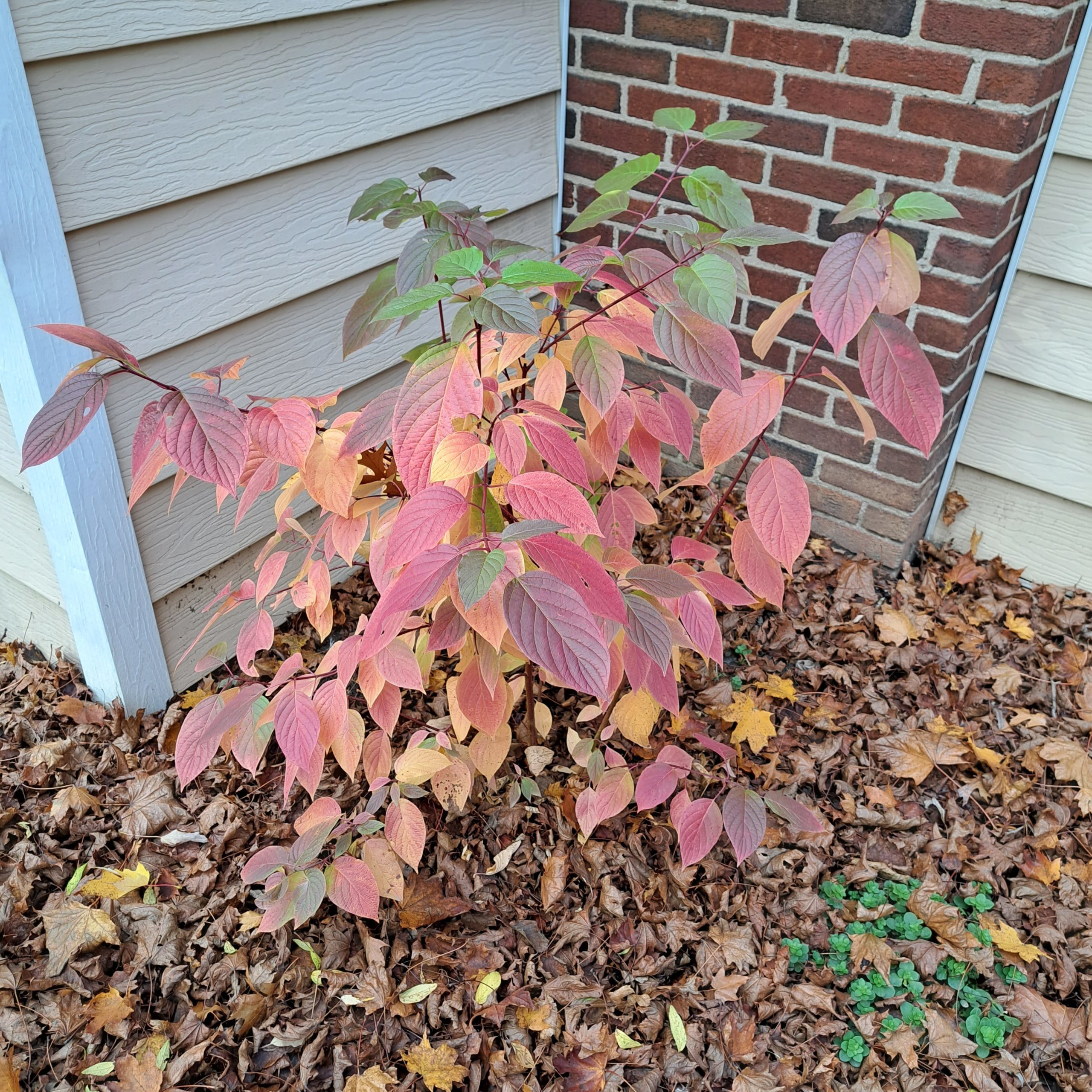
There’s still plenty of space between items, but I’m using some of my fallen leaves as mulch and hopefully it will all fill out. I also had some native grass seed that I’d ordered for the native strip J and I planted last fall, and so we threw that onto the dirt pathway left behind after Cute W hauled out all of the asphalt. As of now, you can still see the path, but it’s starting to fill in.
Along with Dawn’s and the leftover grass seeds, I purchased some plants from Capital Native Plants, which arranges a monthly pop-up plant sale during the growing months. I’ve found these sources and more through the Capital District Pollinator Allies group on Facebook. And this week I’ll be heading to Thacher Park for a native plant Seed Swap!
On the topic of keeping track of what’s going where, I made myself a pretty crazy map to try to keep track of what’s growing where:

So yes, I have pretty much started geeking out about the native plant thing. This fall I am collecting seeds, and I’m working on native plant-ifying our side perennial garden as well. It is fun, the plants are pretty, and it makes me feel vaguely like I’m nurturing life. An empty nest coping mechanism? Possibly. But the bugs are happy, and hopefully we’ll have more lovely flowers in the spring. We’ll see how it goes.
If you’d like more information on why and how to “Green Your Backyard,” you can see this video from New York State’s Department of Environmental Conservation.

Nana in Savannah
I can’t wait to see pictures of the plants next summer!